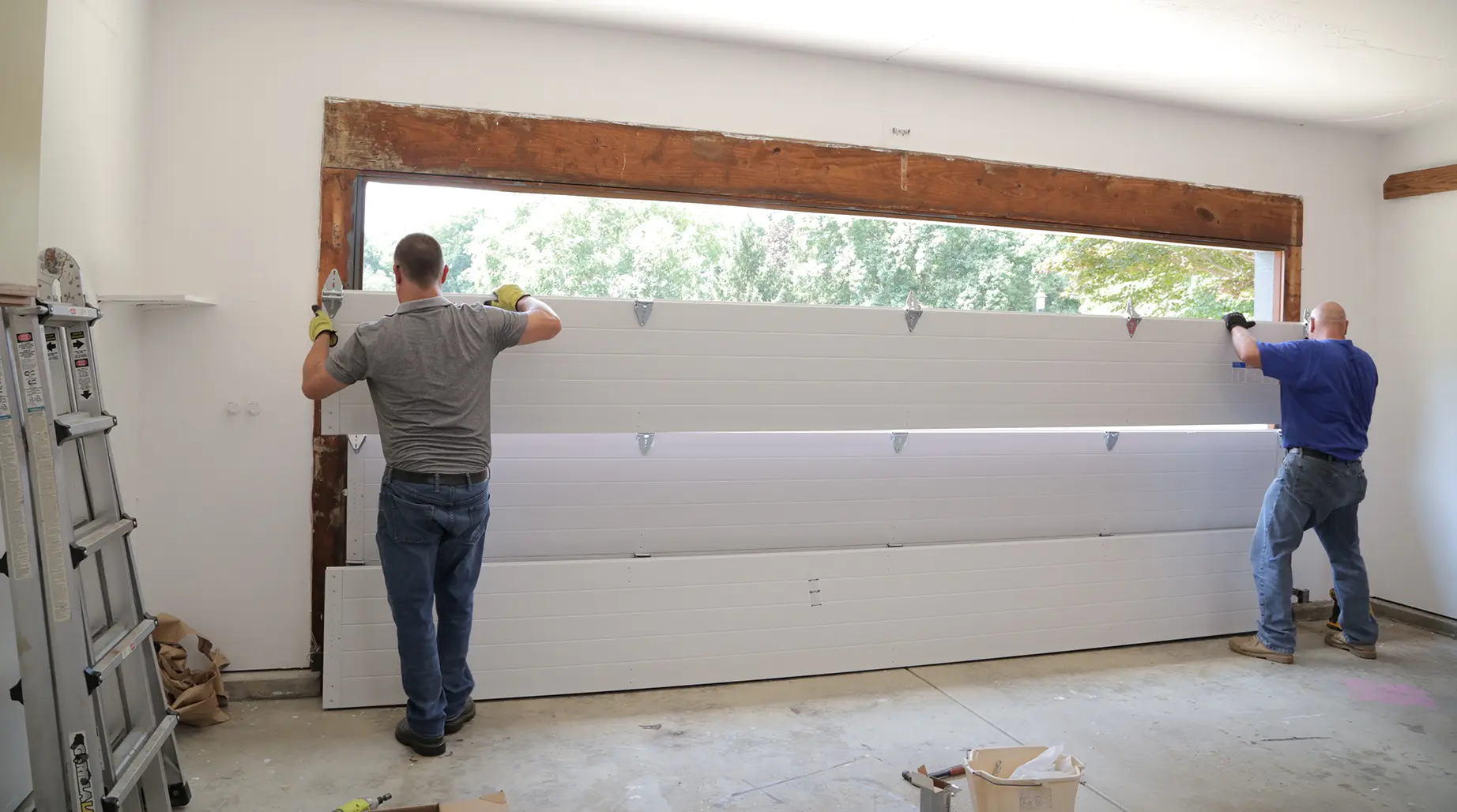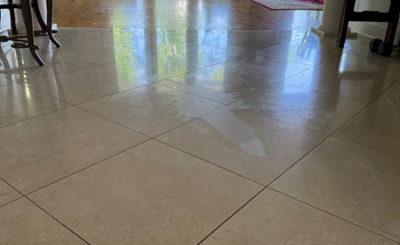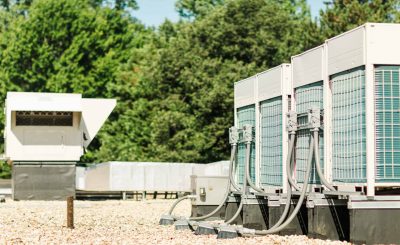A garage door isn’t just a convenience—it’s a major component of home security, insulation, and curb appeal. Yet, many homeowners attempt DIY installations or hire unqualified technicians, leading to costly problems down the road. Proper setup ensures smooth operation, safety, and durability. To help you avoid expensive errors, here are the most common mistakes people make during Door Doctor garage door installation and how to do it right the first time.
1. Incorrect Measurements
The foundation of any successful garage door installation starts with precise measurements. A small error in width, height, or clearance can cause major alignment issues.
Common errors include:
- Measuring only the opening and ignoring the headroom or side clearance.
- Forgetting to account for uneven floors or walls.
- Failing to measure both sides of the frame, which may vary in older homes.
Always double-check measurements before ordering materials or proceeding with installation. Professional installers use laser-level tools to ensure perfect fit and alignment.
2. Ignoring the Level and Alignment
Garage doors must move smoothly along perfectly level tracks. Even slight misalignment can cause friction, noise, or uneven weight distribution.
Avoid this by:
- Ensuring both tracks are parallel and vertically aligned.
- Using a spirit level to check every adjustment point.
- Tightening bolts only after confirming balance.
A door that’s even slightly tilted will wear out rollers, hinges, and springs prematurely, resulting in costly repairs.
3. Using the Wrong Springs or Hardware
Springs play a critical role in supporting your garage door’s weight. Using the wrong spring type—or reusing old ones—can cause imbalance, poor operation, or even accidents.
Tips:
- Torsion springs are ideal for heavy doors; extension springs suit lighter ones.
- Never substitute parts to “make them fit.”
- Always use manufacturer-recommended hardware for your specific door model.
During professional Door Doctor garage door installation, technicians match the correct spring tension to the door’s weight, ensuring reliable and safe function.
4. Skipping Proper Lubrication and Balancing
Lubrication might seem minor, but it’s crucial for smooth operation. Many installers forget to lubricate rollers, hinges, and tracks, leading to friction, grinding noises, and mechanical strain.
Proper maintenance includes:
- Applying silicone-based or lithium grease to all moving parts.
- Testing door balance before finishing installation.
- Adjusting spring tension to ensure the door stays halfway open when released.
This step improves performance and extends the lifespan of mechanical parts.
5. Incorrect Track or Roller Installation
Tracks guide your garage door’s movement, so improper installation can cause jamming, uneven closing, or structural damage.
Avoid mistakes such as:
- Over-tightening bolts, which restrict roller movement.
- Installing tracks too close or too far from the wall.
- Ignoring the manufacturer’s spacing and angle recommendations.
Even small deviations can cause vibration and wear that shorten the system’s life.
6. Neglecting Safety Features
Modern garage doors include safety mechanisms such as photo-eye sensors and auto-reverse functions. Failing to install or calibrate these features correctly can create serious hazards.
Ensure that:
- Sensors are aligned at equal height on both sides of the door.
- The auto-reverse system responds immediately to obstructions.
- Emergency release cords are accessible and functioning.
These safety systems are non-negotiable—skipping them violates building standards and increases liability risks.
7. Forgetting Electrical Setup and Testing
For automatic garage doors, improper wiring is a common issue. Incorrectly connected motors or control panels can cause operational failures or even electrical hazards.
Avoid it by:
- Following wiring diagrams exactly.
- Testing circuit breakers and power outlets before installation.
- Hiring a certified electrician if you’re not experienced with electrical systems.
Professionals always perform a full system test—including remote controls and manual overrides—before final handover.
8. Attempting DIY Installation Without Experience
Garage doors weigh hundreds of pounds and require precise spring tensioning. Many DIY installers underestimate the risk involved, leading to accidents or poor performance.
Hiring certified technicians from trusted providers like Door Doctor garage door installation ensures the job is done correctly, safely, and efficiently. Professionals have the right tools, training, and safety equipment to handle complex systems and prevent costly mistakes.
Final Thoughts
Garage door installation is not just about assembling parts—it’s about accuracy, safety, and longevity. Avoiding these common mistakes can save you from unnecessary repair bills and safety hazards.








